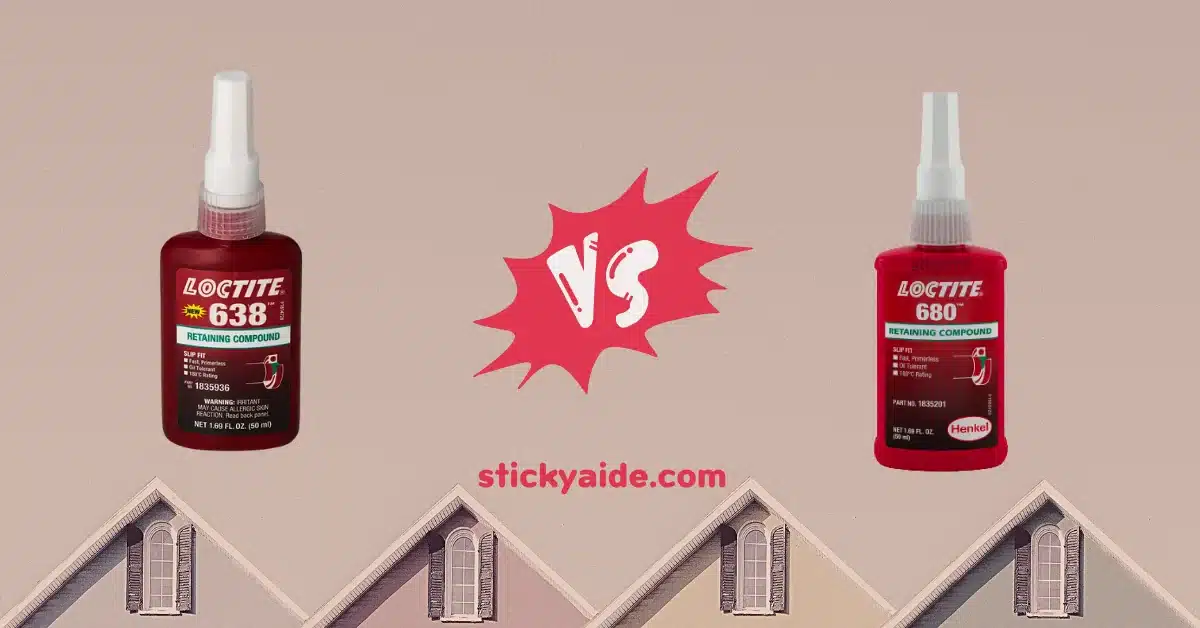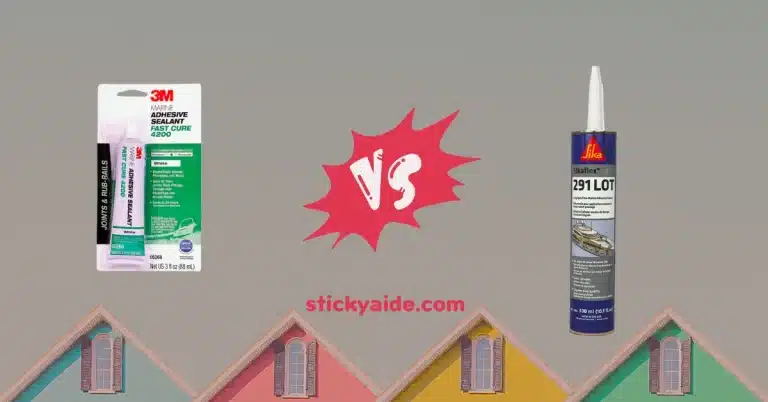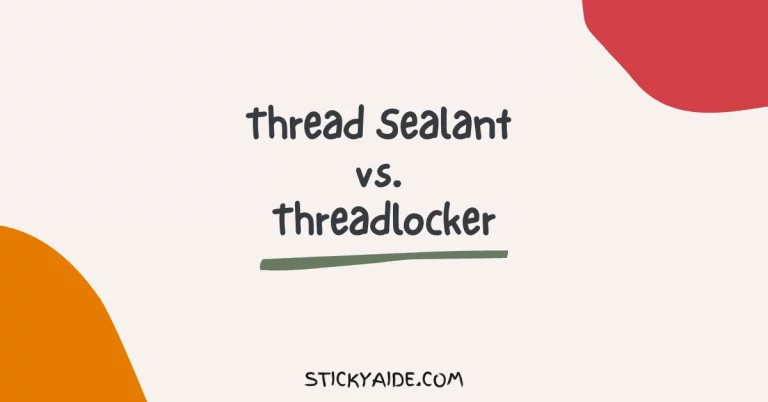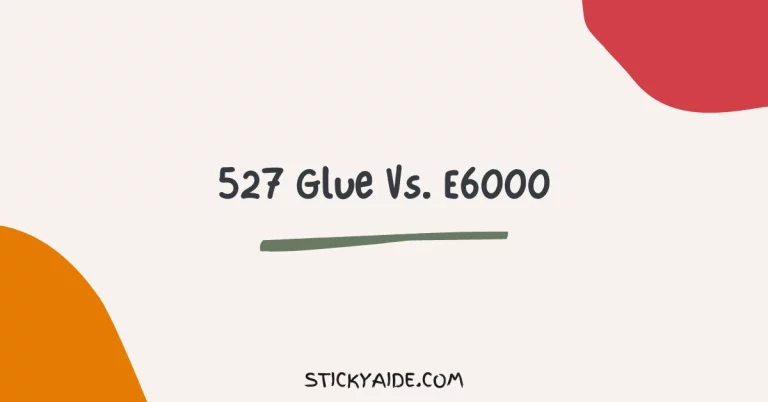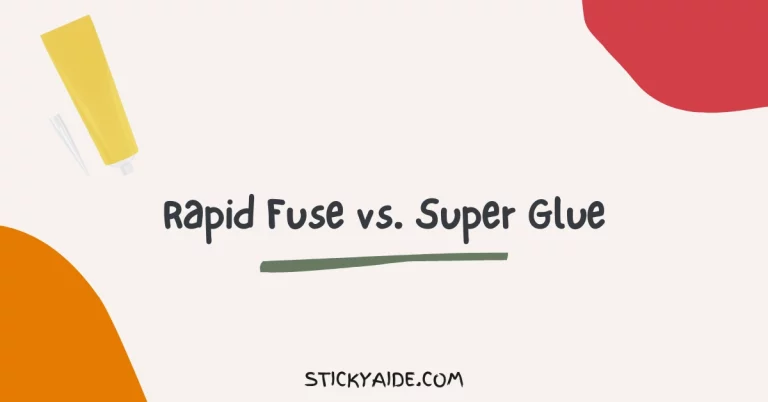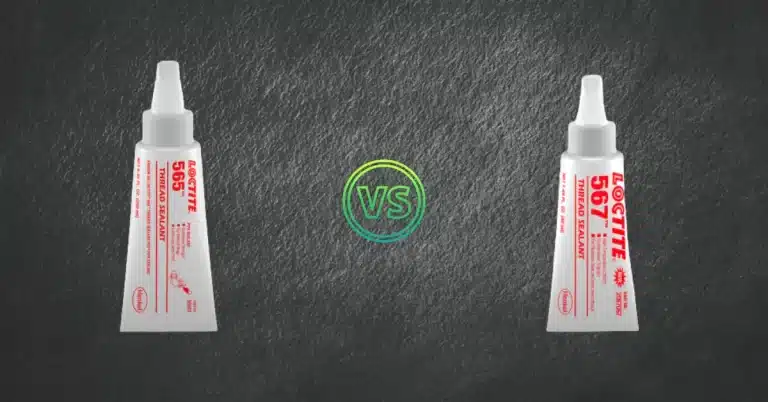Loctite is a well-known brand of adhesive, and you’ll find multiple Loctite products for repair and crafts projects. Loctite is known for its high-quality, robust glues and has some of the best options you can see in the market. Loctite makes various kinds of adhesives like – threadlockers, sealants, instant adhesives, retaining compounds, and more.
Loctite 638 and 680 are retaining compounds made by Loctite-Henkel, and both are excellent products. So, in the debate of Loctite 638 vs. 680, which one should you side with and why? After reading this article, you can make an informed decision since I’ll go over the features of Loctite 638 and 680 and how they differ.
Read More: Loctite 638 vs. 648
Read More: Loctite 620 Vs. 680
Loctite 638 vs. 680
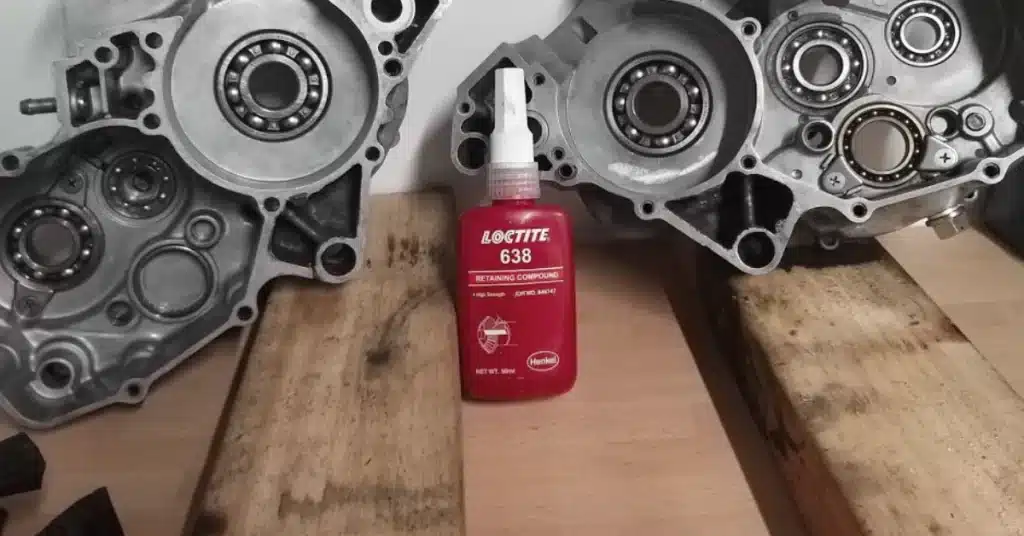
About Loctite 638
Loctite 638 is a green-coloured retaining compound manufactured by Loctite-Henkel. You can use the 638 to bond cylindrical fitting parts, slip-fitted parts, and other retaining purposes.
Loctite 638 is a general-purpose retaining compound that is versatile in materials that bond well with it. Loctite 638 works well with metals and passive substrates like – stainless steel or plated surfaces.
Loctite 638 is a Urethane-methacrylate based adhesive and uses acrylic technology to cure. The 638 cures anaerobically, and the curing process starts when the 638 is confined in the vacuum between close-fitting metal parts.
Loctite 638 forms a robust bond when it’s completely cured and protects your parts from loosening or the risk of leakage due to shock or vibration.
Furthermore, Loctite 638 also provides high-temperature resistance, making it ideal for you to use it with components with a risk of high temperature or temperature fluctuations.
Loctite 638 is tolerant to minor surface contamination from industrial oils like cutting, lubrication, anti-corrosion and protection fluids.
Read More: Loctite Blue vs. Red
About Loctite 680
Loctite 680 is a green-coloured retaining compound made by Loctite-Henkel. You can use the 680 to bond cylindrical fitting parts.
Loctite 680 is a versatile adhesive and works with metals and passive substrates like stainless steel or plated surfaces. Furthermore, Loctite 680 fluoresces under UV light, and you can use UV light to monitor your components after you apply the adhesive.
Loctite 680 has robust performance since it’s a high-strength adhesive made by Loctite-Henkel. Loctite 680 cures when confined in the vacuum between close-fitting metal components. Once the 680 is completely cured, it prevents your parts from loosening due to shock or vibration and leakage from vibration.
Furthermore, Loctite 680 has a high-temperature tolerance, so you can use it for components where there is a risk of the temperature getting high. Loctite 680 is also tolerant to minor contamination on the surface level from common industrial oils like – cutting,
lubrication, anti-corrosion and protection fluids.
One of the notable features of Loctite 680 is that it is a low-viscosity retaining compound, so you can use it for components with a risk of uncured adhesive running over the surface. Additionally, Loctite 680 is ANSI/NSF 61 certified, and you can use it for indoor and outdoor water systems reaching up to 82 °C.
Loctite 680 is available in 0.5 ml tubes and bottles of – 10 ml, 50 ml, 250 ml and 1 litre.
Read More: Loctite 603 vs. 609
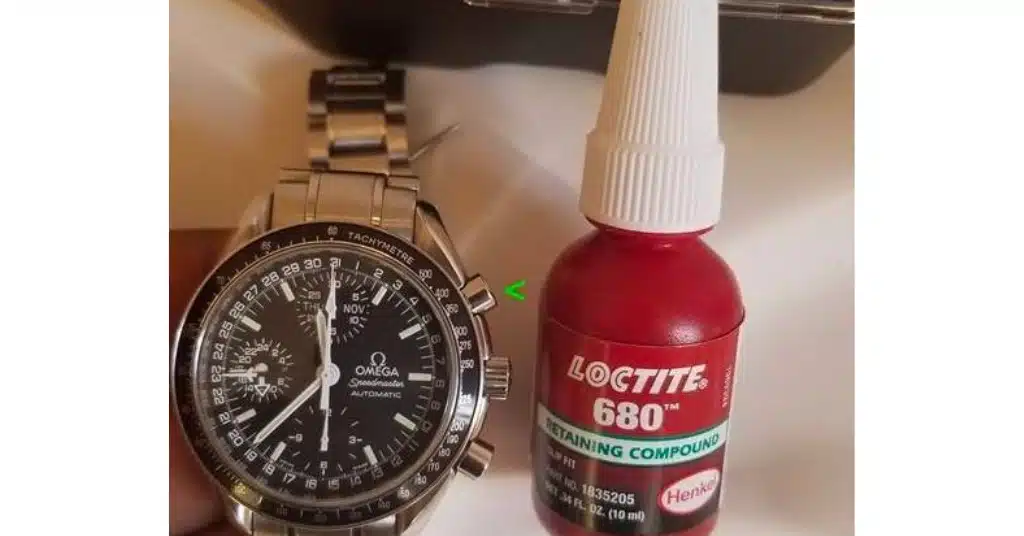
Main Differences Between Loctite 638 And 680
Now let’s examine how Loctite 638 and 680 differ.
Ideal Usage
Loctite 638 is a high-strength, general-purpose retaining compound, and you can use it for locking bushings and sleeves into housings or shafts. The 638 has a tolerance to minor oils contamination and high-temperature resistance.
On the other hand, Loctite 680 is a high-strength retaining compound you can use for loose-fitting parts, slip-fitted parts and other retaining purposes. Loctite 680 is also tolerant to minor contamination from industrial oils and has ANSI/NSF 61 certification for high-temperature usage.
Viscosity
Loctite 638 is a high-viscosity retaining compound with a viscosity of 2500 mPas.s.
On the other hand, Loctite 680 is a low-viscosity retaining compound. Loctite 638 has a viscosity rating of 750.0 – 1750.0 mPa·s (cP).
Ideal Gap Fill
You can use Loctite 638 to fill gaps ranging up to 0.25 mm in diameter. Ideally, you can use the 638 to fill gaps ranging from 0.15 mm to 0. 25 mm in diameter.
On the other hand, you can use Loctite 638 to fill gaps up to 0. 15 mm in diameter.
Last Opinion
So, which one should you side with in the battle of Loctite 638 vs. 680? It depends on you and what you need the retaining compound for since Loctite 638 and 680 are similar in various ways with only minor differences.
If you need a low-viscosity retaining compound for filling gaps up to 0.15 mm, go for the 680. You can use Loctite 638 if you need a high-viscosity adhesive for filling gaps up to 0.25 mm.

